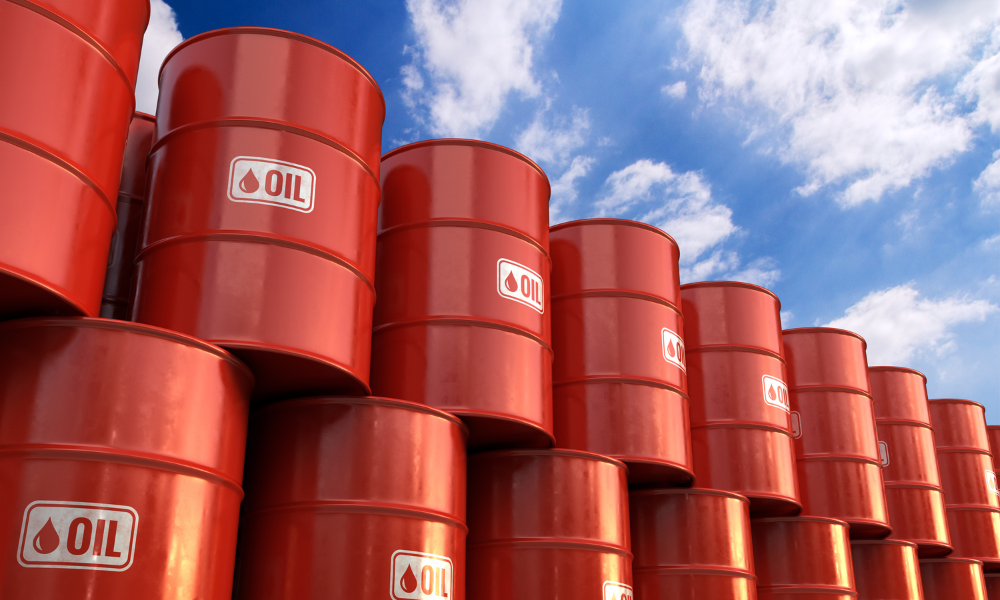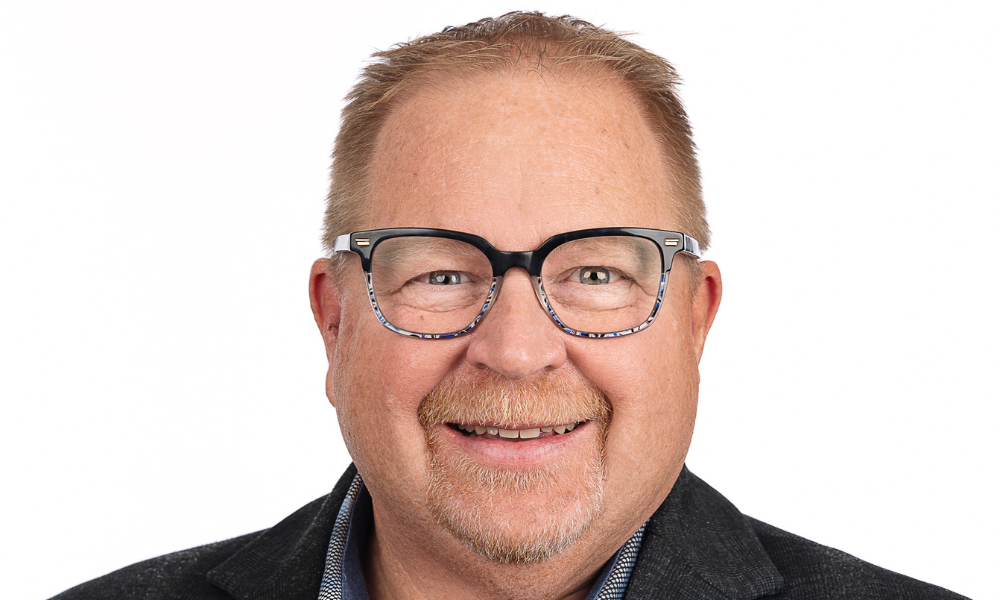Cartel adds 548,000 barrels daily in August, betting strong demand can absorb rising global supply

OPEC+ will add 548,000 barrels per day to global oil markets in August—its largest single-month increase this year—as the cartel tries to claw back market share from rising producers like Canada and the US, according to BNN Bloomberg.
This marks the fourth straight monthly output hike, following 411,000-barrel increases in May, June, and July.
As reported by CNBC, the eight-member group behind these voluntary cuts—including Saudi Arabia, Russia, and the United Arab Emirates—had originally planned smaller boosts of 137,000 barrels per day each month.
But in recent months, they have accelerated the pace in response to “a steady global economic outlook and current healthy market fundamentals, as reflected in the low oil inventories,” according to the OPEC Secretariat.
Andrew Botterill, energy, resources and industrials partner at Deloitte Canada, said the group is responding to post-COVID investment in energy by other nations.
As demand surged, the US and Canada hit all-time highs in production, prompting OPEC to act.
“They’ve signalled this to the market for quite some time now,” he told BNN Bloomberg. “OPEC is trying to get their share back.”
As per BNN Bloomberg, Botterill also noted that strong global demand continues to support oil prices, keeping West Texas Intermediate above US$68 and Brent crude over US$70.
“We do have very robust demand around the globe,” he said. “That’s the reason why we’re still talking about high US$60 oil right now.”
Despite concerns over a potential supply glut, United Arab Emirates Energy Minister Suhail al-Mazrouei said markets continue to absorb new barrels without building inventories.
According to Reuters, Mazrouei stated, “Even with the increases for several months we haven’t seen a major buildup in inventories, which means the market needed those barrels.”
He added that price stability remains essential for long-term investment. “You cannot be short-sighted just by looking at the price,” said Mazrouei, who was speaking at the OPEC seminar in Vienna, attended by ministers and executives from oil-producing nations.
According to Bloomberg’s Big Take, the cartel’s latest decision follows a period of rising geopolitical volatility and non-OPEC competition.
Joumanna Bercetche reported that the 12-day conflict between Iran and Israel temporarily boosted oil prices, but that premium has since vanished.
Still, the group decided to press forward with production hikes, suggesting confidence that demand will hold in the near term.
Bercetche said Saudi Aramco also raised prices for crude oil in Asia by US$1 per barrel in August, indicating strong demand signals from key buyers.
Aramco CEO Amin Nasser told Bloomberg the company has 3 million barrels per day in spare capacity, which cushions revenue if prices decline.
Botterill told BNN Bloomberg that he expects to closely monitor pricing through the rest of the year. “There could be downside risk to prices if markets become oversupplied,” he said.
He added that OPEC countries are also trying to manage their own revenues and needs as a group.
OPEC+ began reversing 2.17 million barrels per day in voluntary cuts in April.
Reuters reported that the group is expected to approve another 550,000-bpd increase in September, completing the return of those barrels to market.
The broader coalition still maintains 3.65 million barrels per day in combined cuts, which expire in 2026.
Analysts remain divided on the long-term price outlook.
Bloomberg reported that some forecasts from major firms including Goldman Sachs and Citi see Brent prices falling to US$60–65 by year-end, citing supply growth outpacing demand by a 4:1 ratio in upcoming quarters.



